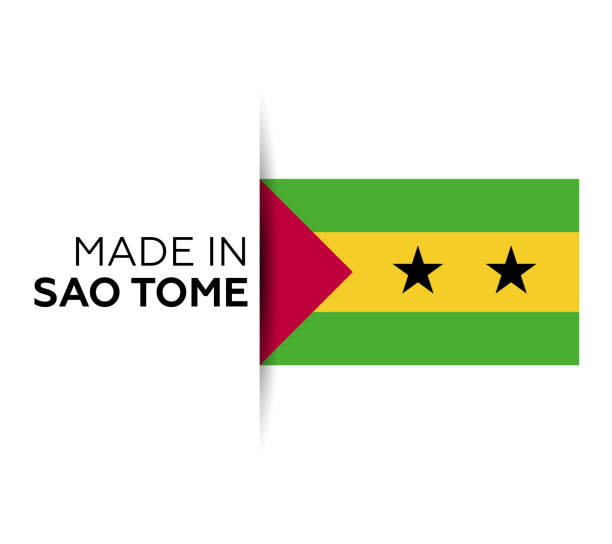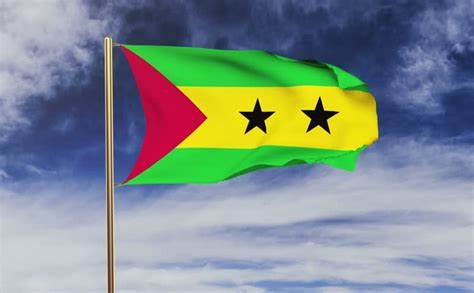Sao Tome
The island of Sao Tome and Principe is an island country in Central Africa, located on the equator on the Gulf of Guinea. It consists of two main islands-- Sao Tome and Principe-- and several rocky islets, including Rolas, south of Sao Tome island and Coroco, Pedras, and Tinhosas, south of Principe.
With a population of 201,800, and just 372 square miles, Sao Tome and Principe is the second -smallest and second-least populous sovereign African state. It is also the smallest Romance speaking country outside of Europe.
The islands were uninhabited until their discovery in 1470 by the Portuguese who gradually colonized and settled throughout the 16th century. Sao Tome and Principe collectively served as a vital commercial and trade center for the Atlantic slave trade. The rich volcanic soil and proximity to the equator made these islands made these islands ideal for sugar plantation and later cash crops such as coffee and cocoa.
Cycles of social unrest and economic instability throughout the 19th and 20th century culminated in peaceful independence in 1975. Sao Tome has since remained one of Africa's most stable and democratic countries. The people of Sao Tome and Principe are predominately of African and mestico descent. The official language is Portuguese and the main religion is Christianity with 81.1% adherents to this religion, this is followed by 13.2% no religion, 3.1% folk religion, and 2.4% others.
This country is a unitary semi-presidential republic with a president and a prime minister. Its economy is driven by agriculture, tourism and foreign investment. It's Gross Domestic Product stands at 686 Million USD
The island of Sao Tome and Principe is an island country in Central Africa, located on the equator on the Gulf of Guinea. It consists of two main islands-- Sao Tome and Principe-- and several rocky islets, including Rolas, south of Sao Tome island and Coroco, Pedras, and Tinhosas, south of Principe.
With a population of 201,800, and just 372 square miles, Sao Tome and Principe is the second -smallest and second-least populous sovereign African state. It is also the smallest Romance speaking country outside of Europe.
The islands were uninhabited until their discovery in 1470 by the Portuguese who gradually colonized and settled throughout the 16th century. Sao Tome and Principe collectively served as a vital commercial and trade center for the Atlantic slave trade. The rich volcanic soil and proximity to the equator made these islands made these islands ideal for sugar plantation and later cash crops such as coffee and cocoa.
Cycles of social unrest and economic instability throughout the 19th and 20th century culminated in peaceful independence in 1975. Sao Tome has since remained one of Africa's most stable and democratic countries. The people of Sao Tome and Principe are predominately of African and mestico descent. The official language is Portuguese and the main religion is Christianity with 81.1% adherents to this religion, this is followed by 13.2% no religion, 3.1% folk religion, and 2.4% others.
This country is a unitary semi-presidential republic with a president and a prime minister. Its economy is driven by agriculture, tourism and foreign investment. It's Gross Domestic Product stands at 686 Million USD

